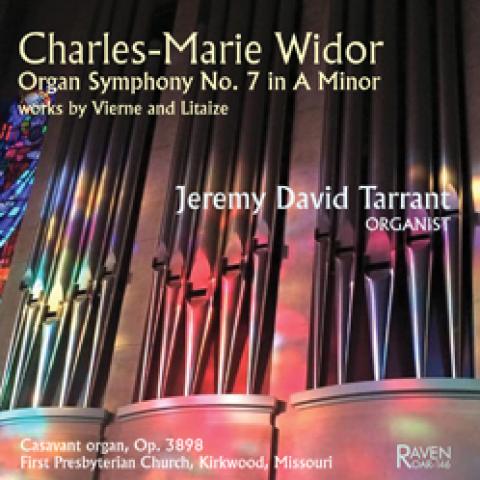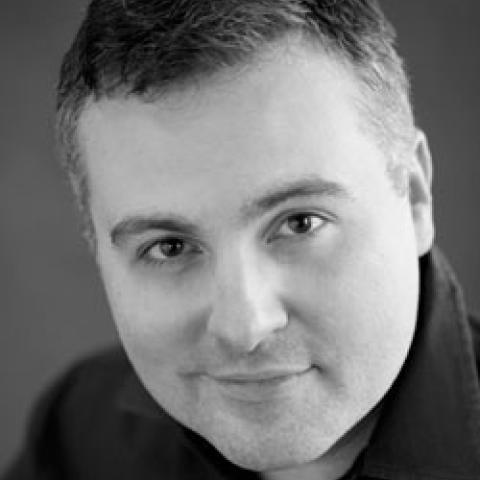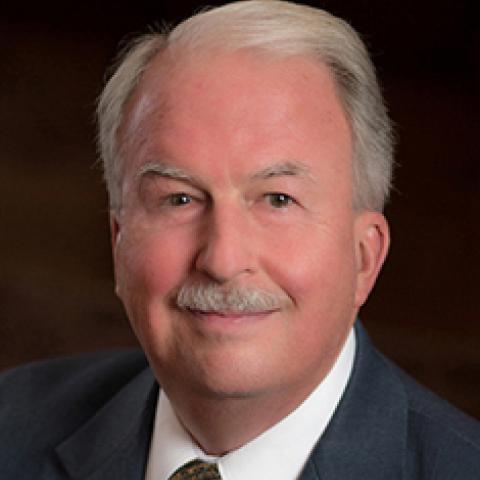
Jeremy David Tarrant, Organist
Jeremy David Tarrant is increasingly recognized for performances hailed as elegant, compelling, warm, communicative, and powerfully artistic. Since 2000, he has served as Organist and Choirmaster of the Cathedral Church of St. Paul (Episcopal) in Detroit, and from 1994–1999 he was Cathedral’s Assistant Organist. In April of 2007 he was seated as Canon Precentor of the Cathedral in thanksgiving and recognition of his role in the liturgical and musical life of the Cathedral community. He is the founding director of the Cathedral Choir School of Metropolitan Detroit.
Jeremy David Tarrant is a graduate of the University of Michigan School of Music where he earned the Bachelor and Master of Music degrees in organ performance and church music in the classes of Robert Glasgow and James Kibbie. His other instructors include Betty R. Pursley and Corliss Arnold. He has had additional coaching with Lynne Davis.
Mr. Tarrant is Adjunct Professor of Organ at Oakland University. He is in frequent demand as a teacher and clinician, and regularly serves on the faculties of the summer courses offered by the Royal School of Church Music in America, as well as the American Guild of Organists summer Pipe Organ Encounters.
An active concert organist, Jeremy David Tarrant has performed widely in North America and France. He frequently appears with the Detroit Chamber Winds and Strings and has performed in regional conventions of the American Guild of Organists. In 2008, Mr. Tarrant made his European solo debut with a recital in the Cathédrale de St. Etienne in Meaux, France, and in 2011 he played the closing recital of International Organ Week in Dijon, France. In 2012, he was a featured artist in the Pine Mountain Music Festival, presenting three solo recitals in Michigan’s Upper Peninsula. Since 2015 he has been engaged in a series of concerts on important instruments in Detroit. His debut solo recording of Widor’s Symphonie VII, along with music of Litaize and Vierne, was released in early 2018 to enthusiastic critical acclaim.
In July, 2014 Mr. Tarrant conducted the Cathedral Choir during its residency at Chichester Cathedral in England. This tour included concerts and services in Canterbury and Southwark Cathedrals. On the choir’s two CD releases, Nowell Sing We, and Evensong for All Saints, he is featured as organ soloist as well as conductor.
Jeremy David Tarrant is represented by Seven Eight Artists.
View his performance of "Mattheus-Final" by Charles-Marie Widor: https://www.thediapason.com/videos/jeremy-david-tarrant-plays-mattheus-final-charles-marie-widor





